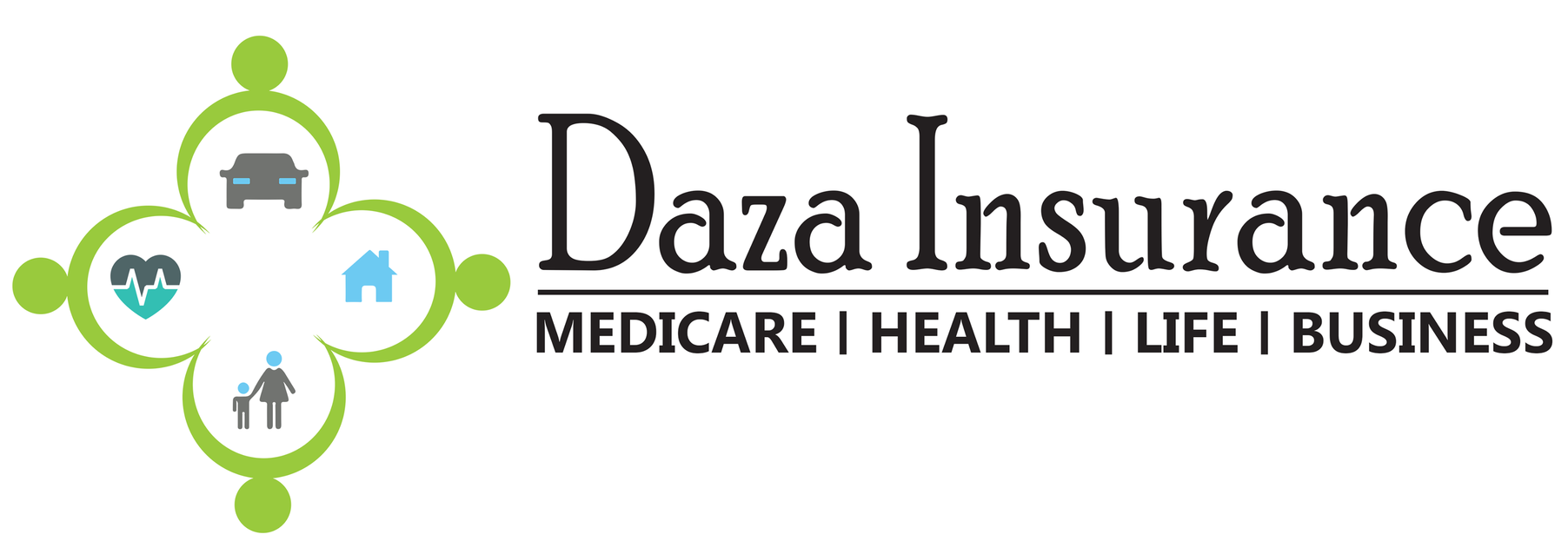RETIREMENT
Live Your Dream Retirement with Peace of Mind
Our retirement plans offer financial security and protection, ensuring you can enjoy your retirement years without worrying about unexpected expenses or financial setbacks.



What You Don't Want
Spending Your Golden Years With Regret

Not having retirement savings or a plan in place can lead to financial insecurity, limited options for aging and long-term care, and missed opportunities for retirement dreams and goals. This can cause stress and anxiety, as individuals may be at risk of financial hardship in their later years, and may have to rely on others for support. Additionally, without adequate savings or planning, individuals may have to forgo important experiences and pursuits, leading to feelings of regret and disappointment. Therefore, it is crucial to prioritize retirement planning and savings in order to ensure a comfortable and fulfilling retirement.

Financial Insecurity
Without retirement savings or a plan in place, individuals may be at risk of financial hardship in their retirement years, which can lead to a decreased quality of life and increased stress and anxiety.

Limited Aging and Long Term Care Options
The cost of aging and long-term care can be prohibitively expensive, and without adequate retirement savings, individuals may be forced to rely on government programs or family members for support, limiting their options for care and potentially straining relationships.

Missed Opportunities For Retirement Dreams & Goals
Without adequate retirement savings or planning, individuals may have to forgo their retirement dreams and goals, such as traveling, pursuing hobbies, or spending time with loved ones, due to financial constraints. This can lead to feelings of regret and disappointment in their later years.

You're Responsible for the 20%
Once you've paid your deductible, Medicare covers 80% of your medical and hospital expenses. You're responsible for covering the remaining 20%.

These Deductibles Can Increase
Medicare has deductibles for both Part A (which covers hospital stays) and Part B (which covers doctor visits and other outpatient services). These deductibles can increase from year to year, so it's important to keep track of them.

There Is No Maximum Limit
Medicare does not have a Maximum Out-of-Pocket (MOOP) limit, which means that there is no cap on the medical or hospital expenses in a given year.

Consider Additional Options
Pay attention to the costs associated with Medicare coverage and to consider additional insurance options (such as Medicare Advantage plans or Medigap policies) to help cover some of the costs that original Medicare doesn't fully cover.
Solutions
How A Retirement Plan Can Help

A retirement plan provides several benefits, including tax benefits, compound interest, employer contributions, automatic savings, investment diversification, and a source of retirement income. By taking advantage of these benefits, individuals can save for retirement more effectively and ensure a secure financial future. A retirement plan provides several benefits for individuals who are saving for retirement.
Tax Benefits
Retirement plans often offer tax benefits to individuals who contribute to them. Contributions to traditional retirement plans are usually tax-deductible, meaning you can reduce your taxable income by the amount you contribute. Contributions to Roth retirement plans, on the other hand, are made with after-tax dollars, but the withdrawals during retirement are tax-free.
Compound Interest
Retirement plans allow your contributions to grow over time with compound interest. This means that your contributions and any interest earned on them will earn interest themselves, leading to exponential growth in your retirement savings.
Employer Contributions
Some retirement plans offer employer contributions, where your employer matches a portion of your contributions. This can significantly boost your retirement savings, as you're essentially getting free money from your employer.
Automatic Savings
Retirement plans can be set up for automatic contributions, which means that you don't have to think about saving for retirement. Your contributions are deducted from your paycheck or bank account automatically, making it easier to save consistently.
Diversification
Retirement plans usually offer a range of investment options, including stocks, bonds, and mutual funds. This allows you to diversify your investments, spreading your risk across different types of assets and potentially maximizing your returns.
Retirement Income
A retirement plan is designed to help you save for retirement, but it also provides a way to generate income during retirement. Depending on the type of plan, you can receive regular payments from your retirement savings or use them to purchase an annuity, which will provide a guaranteed income stream for life.
Overall, retirement plans are an essential tool for financial protection and planning, providing security and comfort for both policyholders and their beneficiaries. Work with an insurance professional like Luis Daza to determine the types and amounts of coverage that life insurance can provide

MEDICARE TIP OF THE DAY
It's a good idea to talk to an insurance agent who really knows about Medicare to make sure you're getting the right kind of help with your healthcare costs.
Someone with at least 15 years of experience, knows the ins and outs of insurance like the back of his hand and has a genuine desire to help his clients get the best solution suitable to their needs.


Hi! I'm
Luis Daza
I am an Insurance agent who has had the privilege of serving, and the honor of gaining the trust and loyalty of our local senior community since 2008 - over 15 Years.
I am an Insurance agent who has had the privilege of serving, and the honor of gaining the trust and loyalty of our local senior community since 2008 - that's over 15 Years!
What To Expect
Our Process

1. Educate
We make sure you are well-informed and updated with life insurance

2. Needs Analysis
Lets analyze your needs, your wants, your preferences.

3. Plan Selection
We help you pick few but the best options for you.

4. Implementation
We make the transition easy and simple for you

5. Monitoring
Once implemented We’ll make sure you are fine.

6. Relationship
We stay in touch with you to make sure you are doing the best.

You're Responsible for the 20%
Once you've paid your deductible, Medicare covers 80% of your medical and hospital expenses. You're responsible for covering the remaining 20%.

These Deductibles Can Increase
Medicare has deductibles for both Part A (which covers hospital stays) and Part B (which covers doctor visits and other outpatient services). These deductibles can increase from year to year, so it's important to keep track of them.

There Is No Maximum Limit
Medicare does not have a Maximum Out-of-Pocket (MOOP) limit, which means that there is no cap on the medical or hospital expenses in a given year.

Consider Additional Options
Pay attention to the costs associated with Medicare coverage and to consider additional insurance options (such as Medicare Advantage plans or Medigap policies) to help cover some of the costs that original Medicare doesn't fully cover.
Happy Clients
"I've been contributing to my retirement plan for over 20 years now, and it's been the best decision I've made for my financial future. The tax benefits and employer contributions have helped me save a significant amount of money, and the compound interest has really added up over time. I feel confident that I'll have a comfortable retirement thanks to my retirement plan."
~ John, Age 45.
"As someone who never really paid attention to saving for retirement, I was hesitant to start contributing to a retirement plan. But once I saw the benefits of tax savings, employer contributions, and compound interest, I was sold. Now, I feel much more secure about my financial future and have a clear plan for retirement."
~ Sarah, Age 35.
"I retired a few years ago, and I don't know what I would have done without my retirement plan. The regular payments from my savings have provided a steady stream of income, and I don't have to worry about running out of money in retirement. I highly recommend starting a retirement plan early and sticking with it."
~ Tom, Age 70.

"I'm Glad I spoke with Daza, before I turned 65. Daza helped me to navigate the maze of Medicare"
~ Jason Silverman
How Can I Help You?

